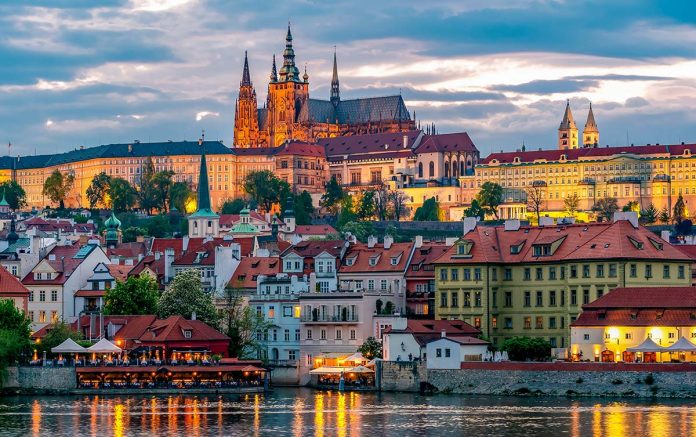Prague, the capital of the Czech Republic, is one of the most visited European cities on the Old Continent and (in seventh place, after Barcelona and before Vienna – source Euromonitor International, 2019). The first traces of a settlement date back to the second half of the 9th century, and from very ancient times it has had a reputation as a magical city, full of symbols and a destination for alchemists.
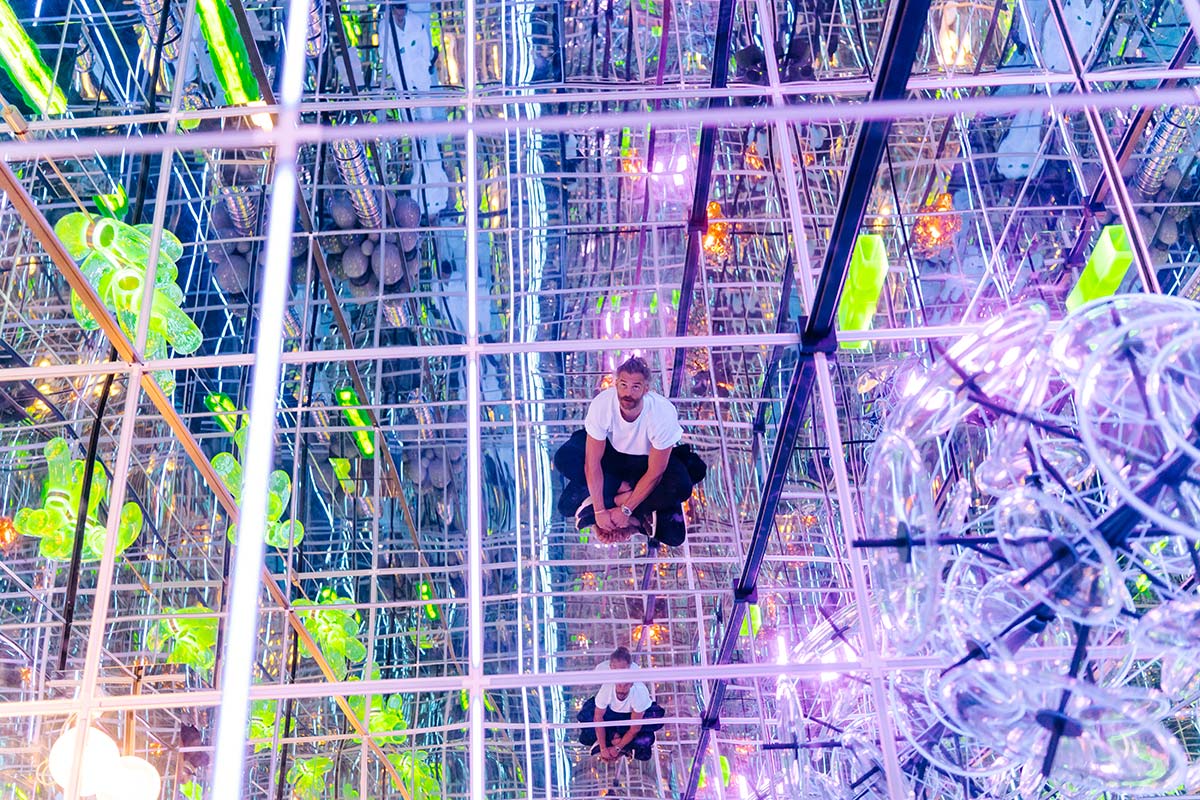
This now coexists with contemporary architecture and a vibrant local community of designers and makers: Designblok (4-8 October), an international design festival, has just concluded, and in spring there will be the 2024 edition of Prague Design Week, a biennial event. A special mix of modernity and history lives in the different districts of the city, each with a precise and never forgotten identity: from the historical centre, with the famous Old Town Square and the astronomical clock, the Gothic churches to the modern architecture of the ‘new’ Prague.
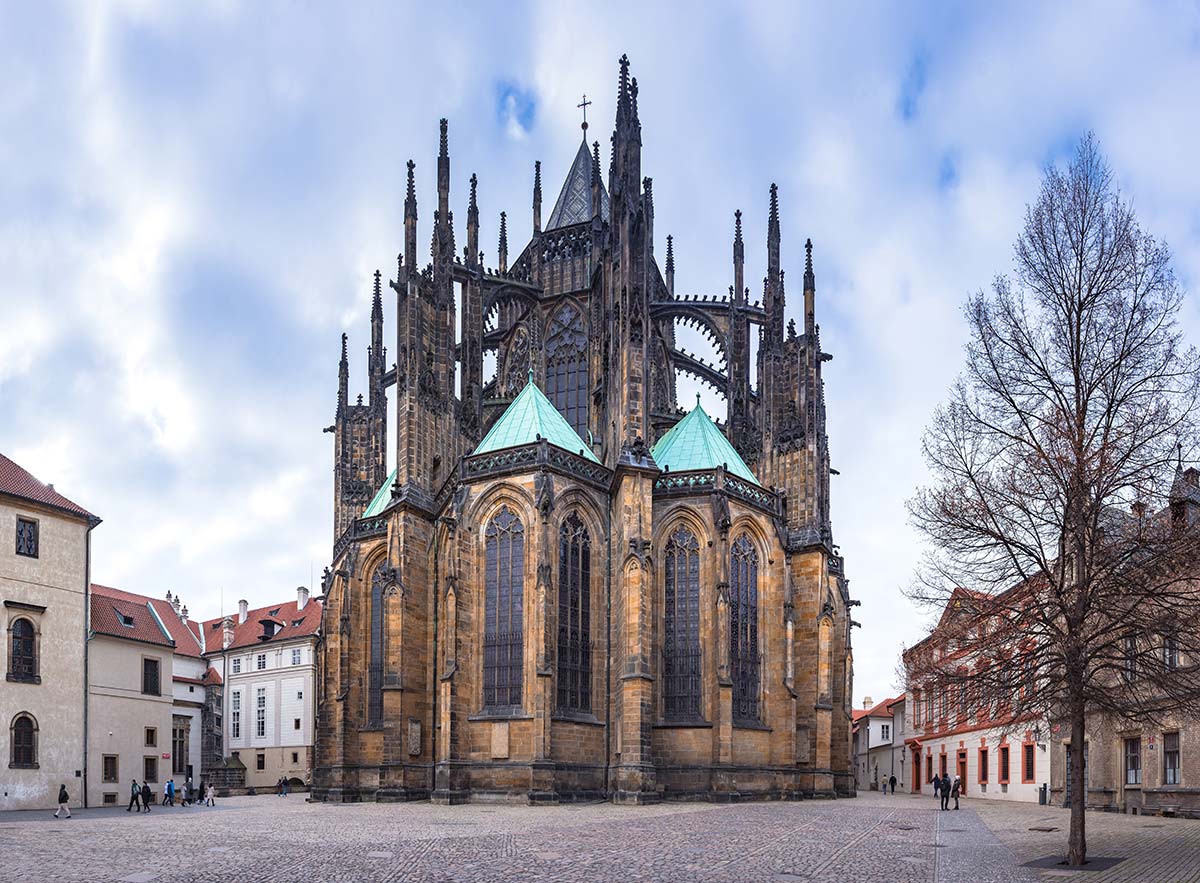
St Vitus Cathedral, Castle and Old Town Square
St. Vitus Cathedral is one of the most important examples of Gothic art in the Old World. It has a basilica-like Latin cross plan, a high central space lit by a skylight, a nave and chancel ending in an apse, separated by a transept. The church is 124 metres long and 60 metres high, with vaults reaching 33 metres and 82 to 100 metre high towers.
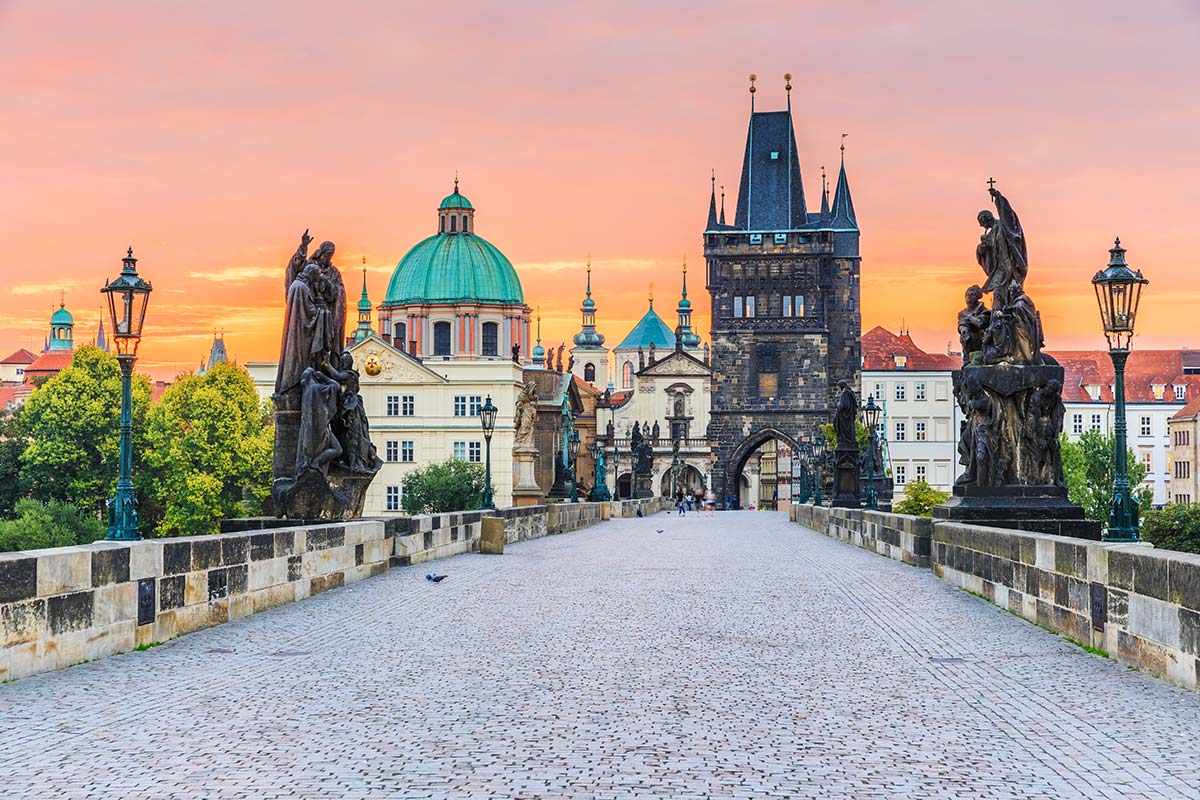
It is also impossible not to mention Prague Castle, the largest in Europe, a huge fortified complex dating back to the 9th century and today the official residence of the President of the Czech Republic. Here you will also find a street of small houses, Zlatá ulička (Golden Lane), where the city’s goldsmiths – and, tradition has it, alchemists – once resided.
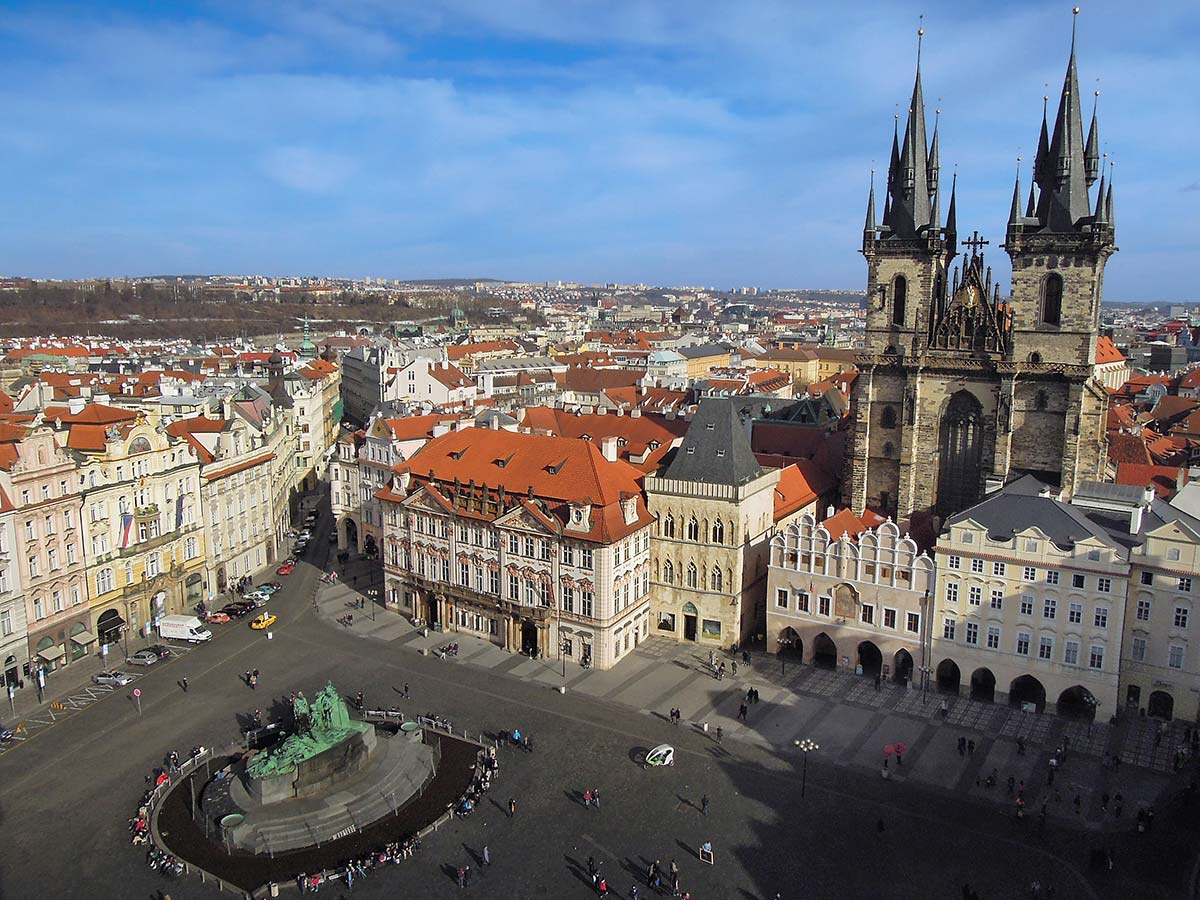
Old Town Square – Staroměstské náměstí – is the beating heart of Prague, surrounded by Romanesque, Gothic and Renaissance architecture. It is overlooked by the Church of St Nicholas, Kinský Palace and, above all, the Old Town Hall with its famous astronomical clock, built in the Middle Ages and with a huge clock face on which, in addition to the time, the positions in the sky of the Sun and Moon are depicted – as well as the procession of the apostles and the months of the year.
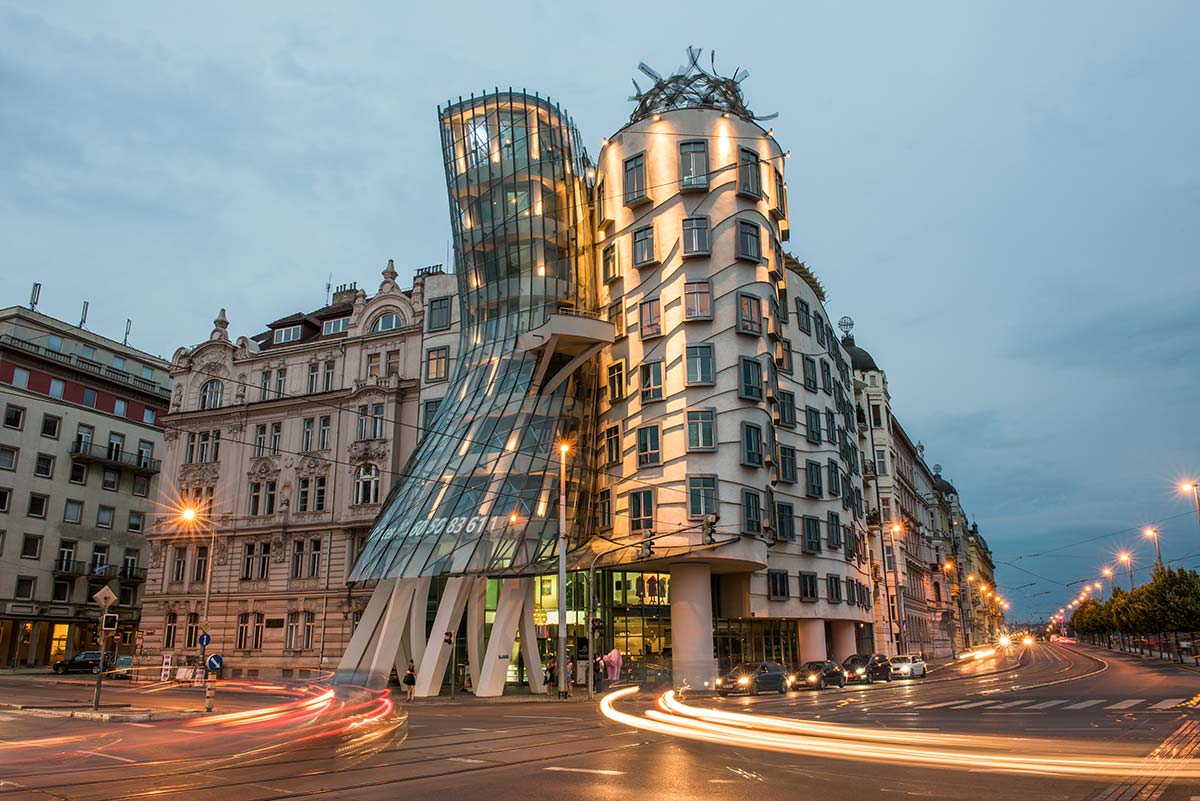
Dancing House and National Library of Technology
It is impossible to visit Prague without a visit to the famous Dancing House designed by architects Vlado Milunić and Frank O. Gerhy and inspired by the legendary couple Ginger Rogers and Fred Astaire. The building, completed in 1996, consists of two bodies: one in reinforced concrete and one in steel and glass. A visionary project that has now blended perfectly with its urban surroundings.
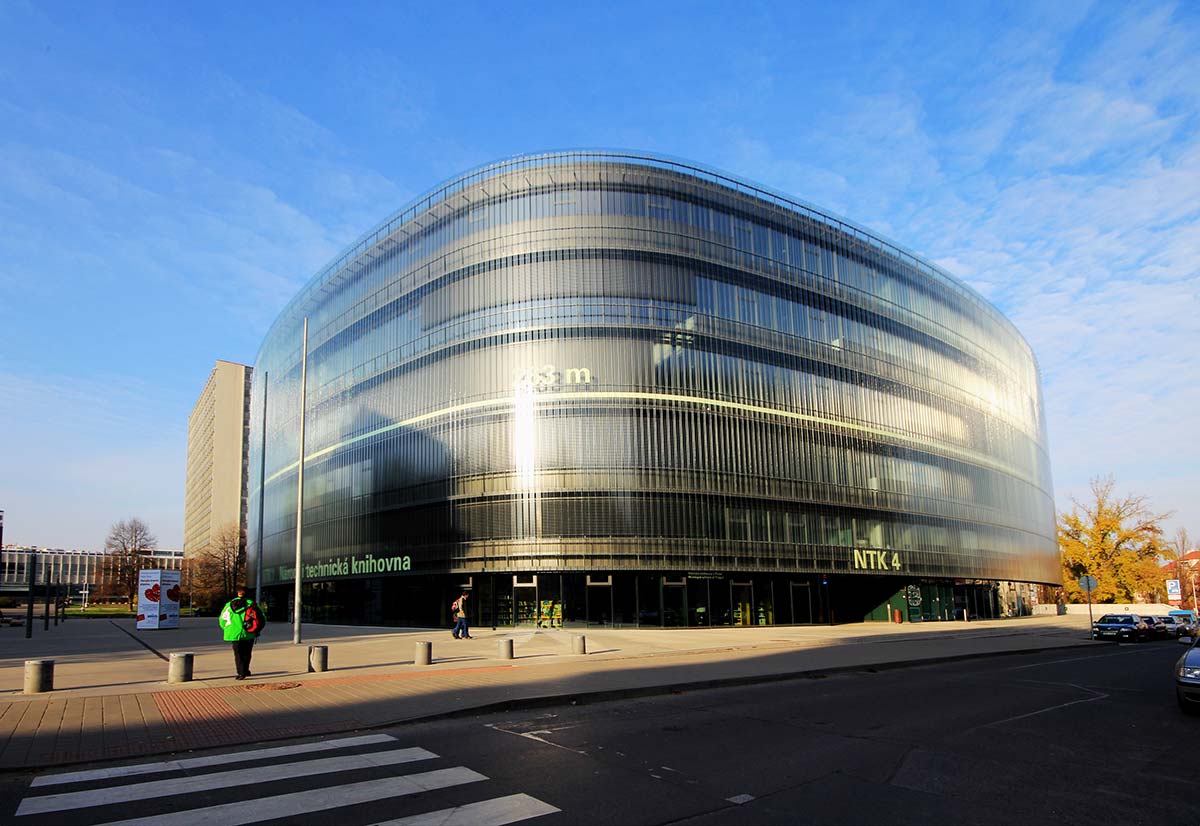
Another face of the ‘new Prague’ is the National Library of Technology (Národní technická knihovna – designed by Projektil Architekti), one of the most important cultural centres in the Czech Republic: nine floors with a rounded square floor plan, offering visitors 1.5 million volumes and reading rooms by day and night.
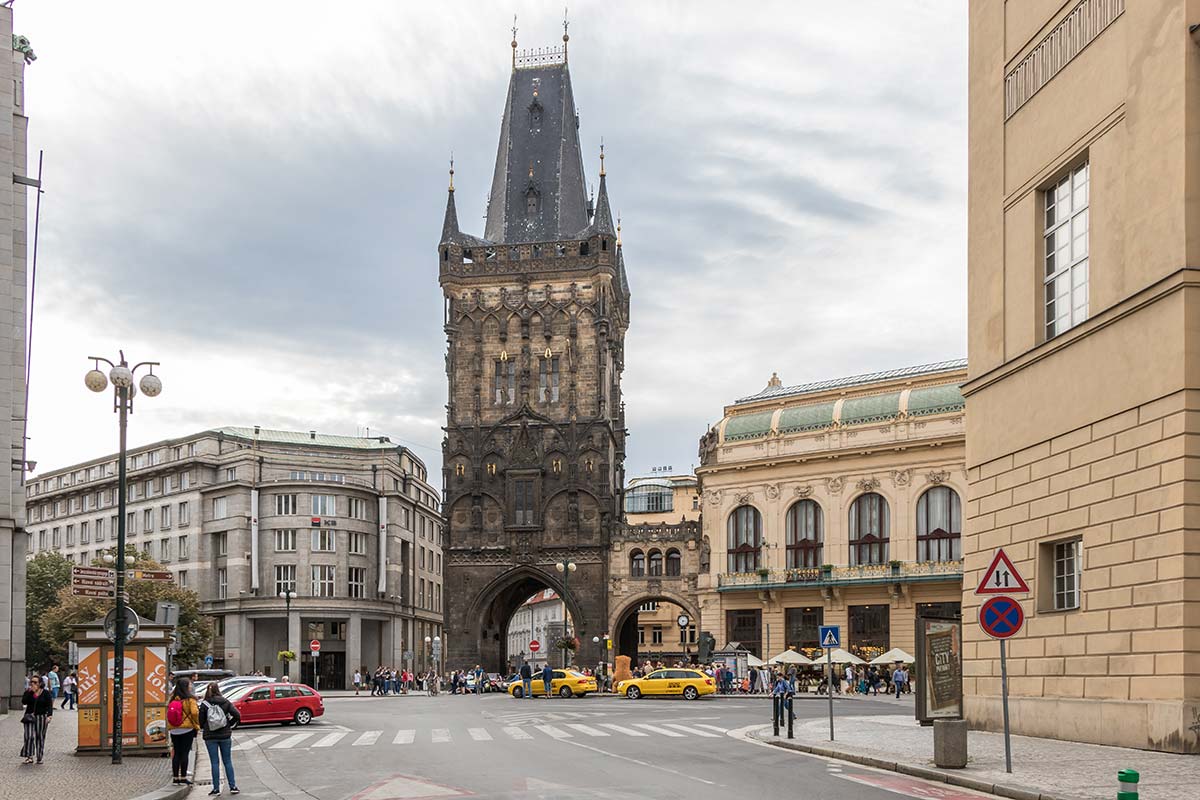
Upwards
Prague’s towers – both ancient and modern – are a symbol of the city. Among the historical ones, one of the most fascinating is the Powder Tower (Prašná brána), built in 1475 in the late Gothic style. The building represents the gateway to the Old Town and was once used as a gunpowder store. It has a viewing gallery at a height of 44 metres.
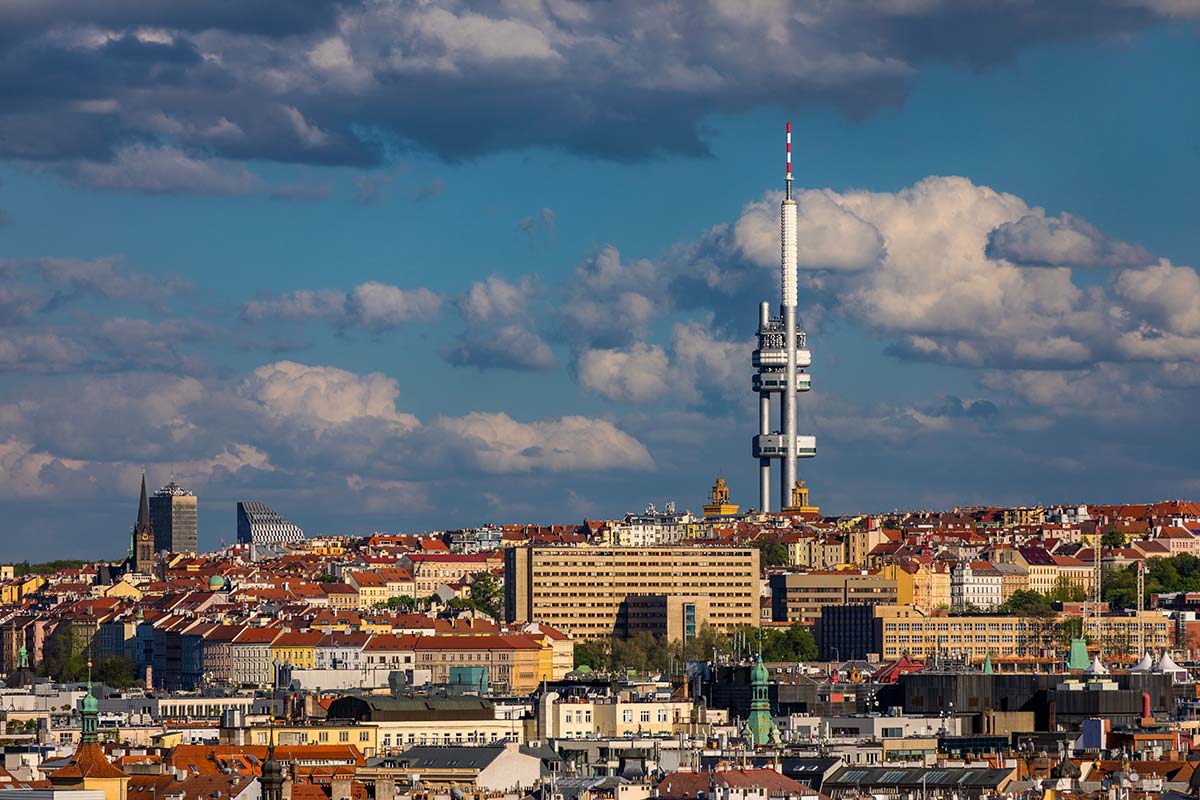
Among the modern ones, however, one of the most famous is the Žižkov Tower, a television tower built between 1985 and 1992 to a design by architect Václav Aulický and engineer Jií Kozák. As soon as it was built, it was harshly criticised, but with the passage of time its high-tech architecture won the hearts of Prague residents and became one of the city’s main attractions. It was renovated between 2011 and 2012, becoming Tower Park and has a structure consisting of three large cylindrical steel volumes and nine cabins. The ‘tubes’ that make up the tower reach a total height of 134 metres.

Zlatý Anděl, the Golden Angel
Another contemporary architecture must-see is Zlatý Anděl (Golden Angel). Designed by Jean Nouvel, the building was constructed between 1994 and 2000. The façade, with its curved silhouette and criss-crossed with literary quotes, is made of glass covered with a thin metal foil, which reflects light differently depending on the time of day.
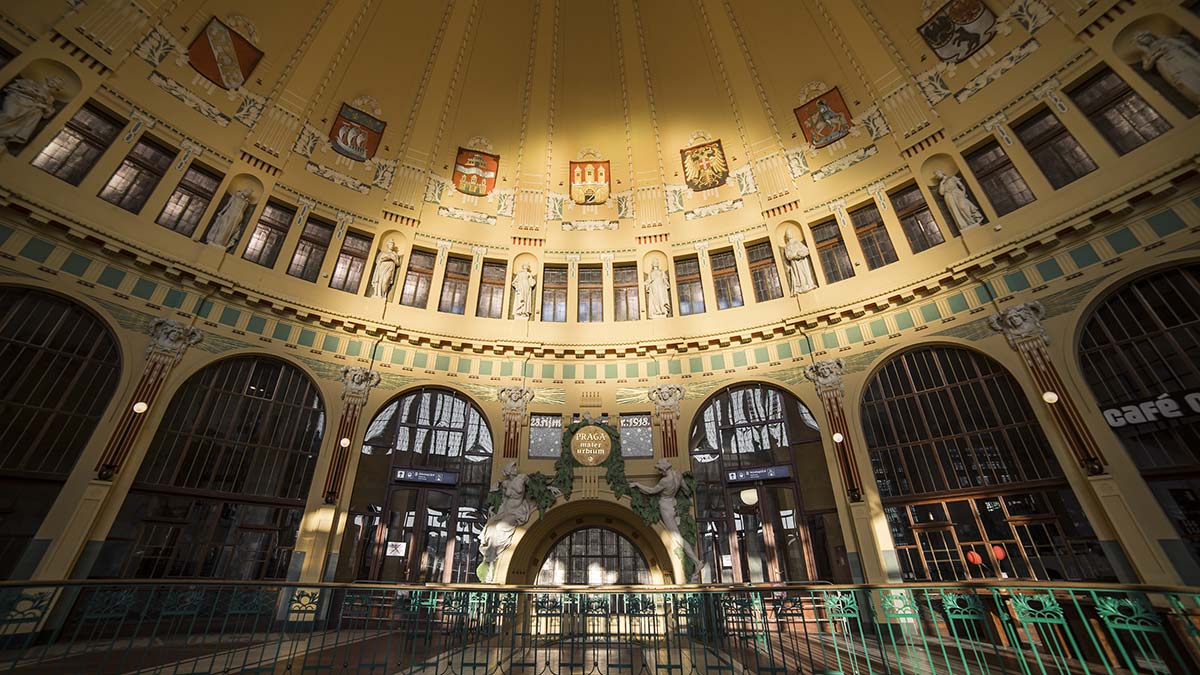
The Railway Station, the National Theatre and Villa Winternitz
Prague also has places that are perhaps less well known and off the beaten tourist track, but which have much to say to lovers of architecture and design. The Prague Railway Station is an Art Nouveau building constructed between 1901 and 1909 to a design by Josef Fanta. Worth visiting inside is the Fantova Kavárna (Fanta Café, in homage to its architect), housed in what was originally the building’s main entrance and restored in 2020. And the extension created in the 1970s, designed by architects Josef Danda, Jan Bočan, Jan Šrámek, Alena Šrámková and Zdeněk Rothbauer.
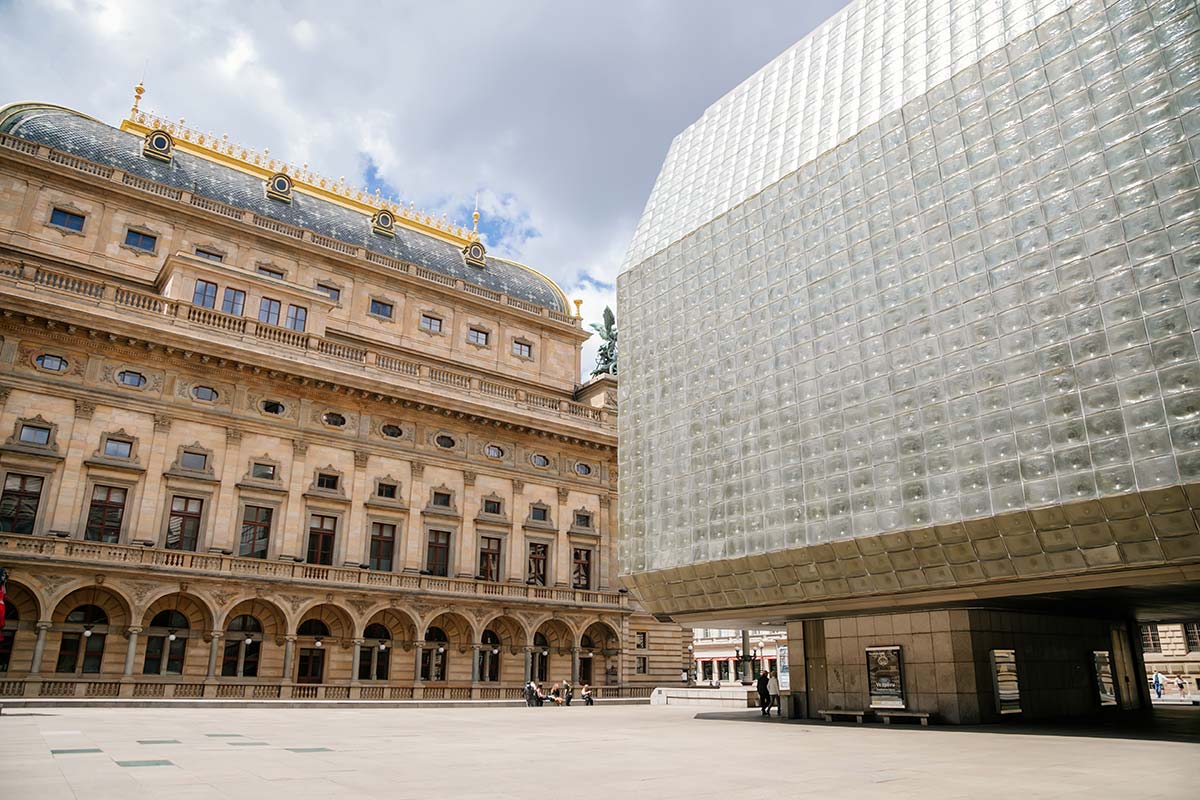
The National Theatre, opened in 1881 for the visit of Prince Rudolf of Austria, has a sumptuous exterior and interior decoration for which the best Czech artists of the time were called in. Its imposing volume is reflected in the waters of the Vltava River, which flows right underneath. See the late Brutalist extension designed by Karel Prager, Stanislav Libenský and Jaroslava Brychtova, built between 1977 and 1983.
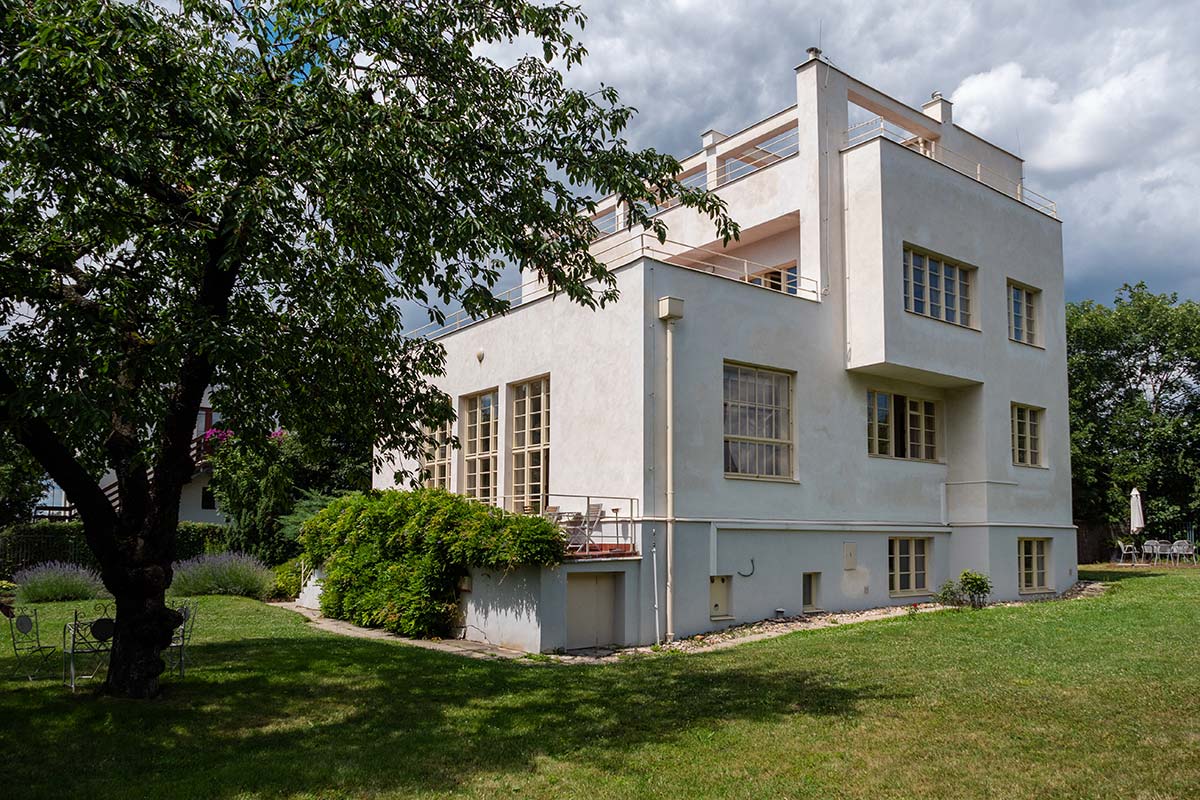
Villa Winternitz, built in 1932 to a design by Adolf Loos together with Karel Lhota, is the last building constructed while the great Austrian architect was alive. Restored with philological care, today it can be visited and hosts exhibitions focusing on 20th century architecture and design

